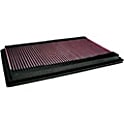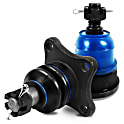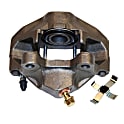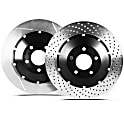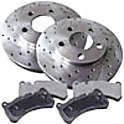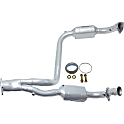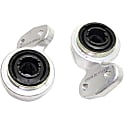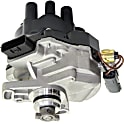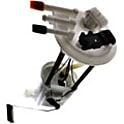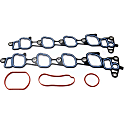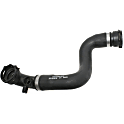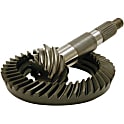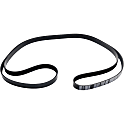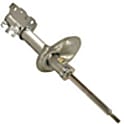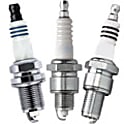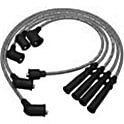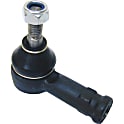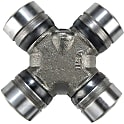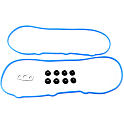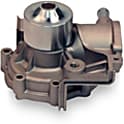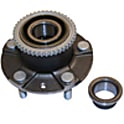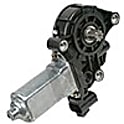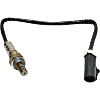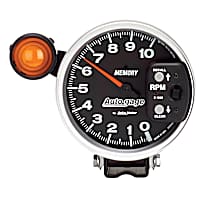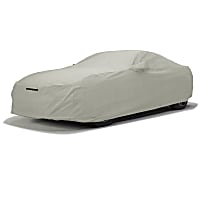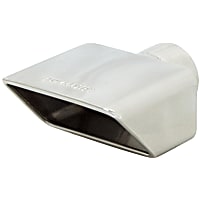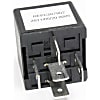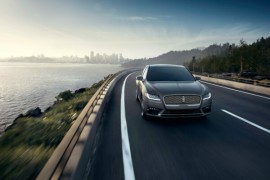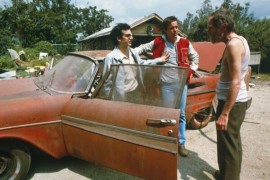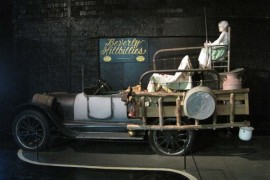{
"lazyNodes": false,
"abFitnotesFlag": false,
"abCrawlReviews": true,
"productOptionsCookie": false,
"orderDelayFlag": false,
"skipSessionCookie": false,
"covidMessage": false,
"fullTitleCookie": false,
"nrLoggerCookie": true,
"checkoutReviewCookie": false,
"productOptionSeqCookie": false,
"maintenanceFlag": false,
"bufferETACookie": false,
"multiShippingDiscountFlag": false,
"newFitmentFlag": false,
"surveyOptInFlag": true,
"crossSellFlag": false,
"skuMappingFlag": false,
"paySplitCookie": false,
"callDisableFlag": true,
"zipPaymentFlag": "c",
"hassleFreeReturn": true,
"lifetimeReplacement": true,
"cpn_off": false
}
Lincoln Continental Parts & Accessories
Find the right parts fasterSelect Your Vehicle Part
Top Rated Products
Popular Products
Product Questions & Answers
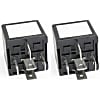
Shopping for Lincoln Continental Parts
The Lincoln Continental was initially a personal vehicle for Edsel Ford. But because its Lincoln Zephyr-based design created so much buzz, the Ford Company decided to put it into production. What started out as a humble, personal ride for the company founder’s son became a success and enjoyed decades of production until 2002.
1939-1948: First generation
The first-gen Continental featured a long hood, a short trunk, and long front fenders. In 1942, all units were equipped with a new grille and square fenders. World War II prompted Ford to stop production. In 1946, the post-war Continental was now equipped with walnut-trimmed interiors and a restyled grille. The 1939-1948 Continental is now hailed by the Classic Car Club of America as a “full classic.”
1956-1957: Second generation
In 1955, the Continental brand was revived as the Continental Mark II by a separate Ford Company division. To differentiate it from its Lincoln counterpart, the Mark II featured a unique design and an expensive price. It is considered as one of the most expensive cars in the world.
1958-1960: Third generation
In 1958, the Continental marquee was revived as the Continental III. This model featured over-the-top scalloped fenders and canted headlights. In 1959 and 1960, Limousine and Town Car body styles were introduced.
1961-1969: Fourth generation
The fourth-gen Continental’s most striking features are its suicide doors and redesigned front turn lights, parking lights, and tail lights. The new Continental was so successful that a 1961 model was the basis for the parade limousine used by JFK. Unfortunately, this was also the car he was riding on when he was assassinated in 1963. Today, this infamous Continental is on display at the Henry Ford Museum.
1970-1979: Fifth generation
The fifth-gen Continental was given a major overhaul. The suicide doors were replaced with front-hinged doors, and the platform used was based on the Mercury Marquis and Ford LTD. Special editions were also released: the Golden Anniversary Town Car in 1971, the Williamsburg Town Car in 1977, 1978, and 1979, and the Collector’s Series in 1979.
1980: Sixth generation
The sixth-gen version was a downsized edition of its predecessor. This downsize was due to stricter fuel economy standards. This Continental was fourteen inches shorter and lost half a ton in weight.
1982-1987: Seventh generation
The seventh-gen Continental was released to compete with the Cadillac Seville. In 1983, it was restyled with flush-fitting bumpers, new tail lights, and bigger marker lights.
1988-1994: Eight generation
This Continental was based on the Ford D186 platform and was also equipped with numerous high-tech features such as a speed-sensitive power steering and an air-ride suspension. In 1990, a 50th Anniversary Edition was released to celebrate the model’s 50th anniversary.
1995-2002: Ninth generation
This version was equipped with a V8 and an air ride suspension. In 1998, the front and rear ends were restyled. Special editions were released over the years: the Diamond Anniversary and Spinnaker Editions in 1996, the Limited Edition in 2001, and the Collector’s Edition in 2002.


